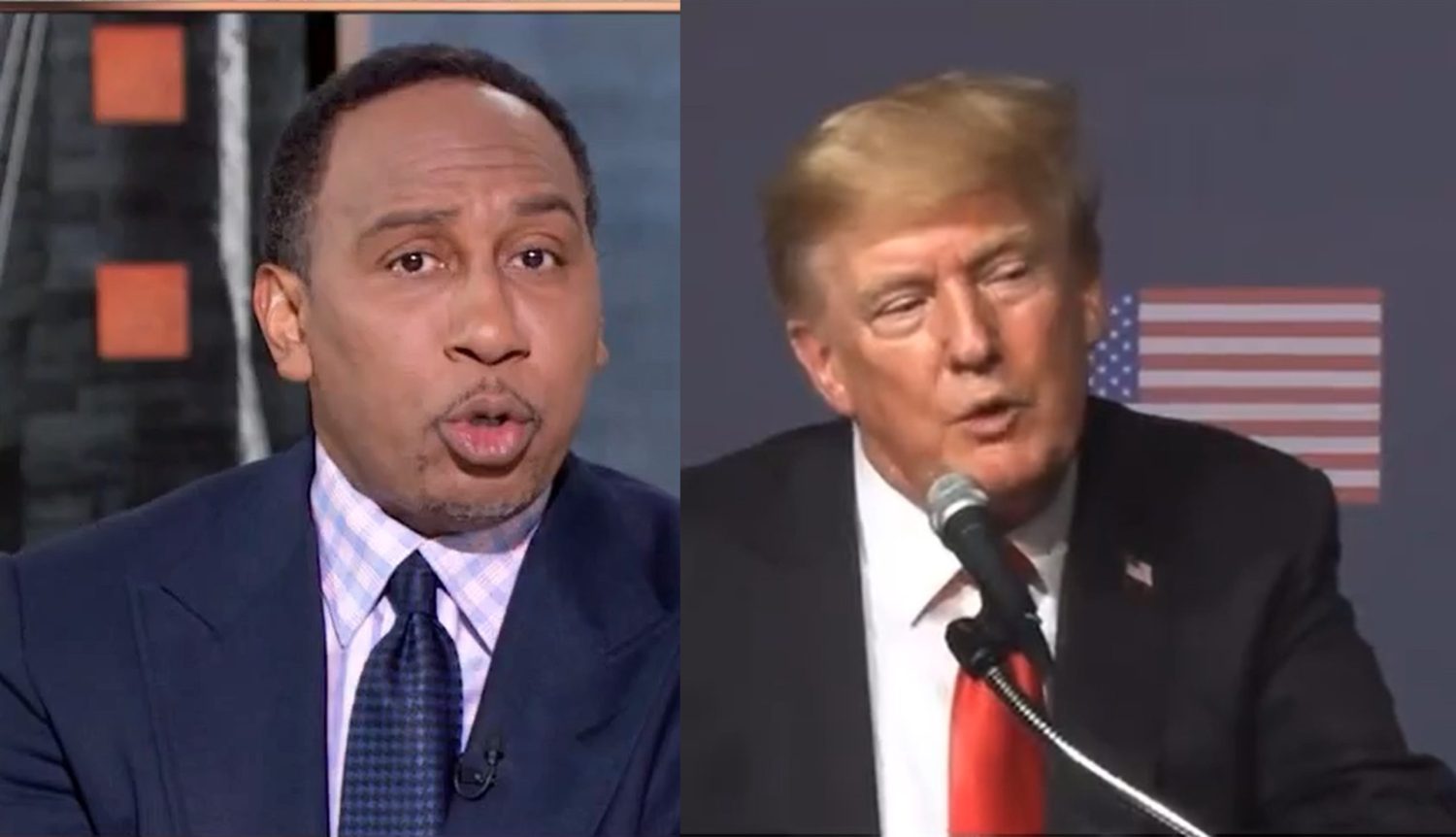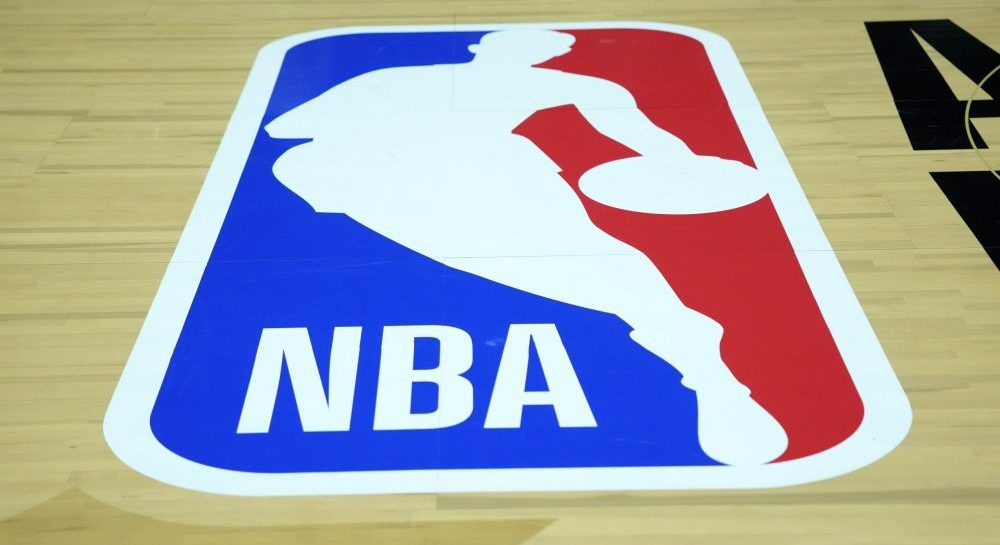Ed Note: The following roundtable discussion appears courtesy our friends at Bloguin’s college sports hub The Student Section. Matt Zemek and co. were nice enough to have me take part in the college football media roundtable. You can view Part I at the link below. In Part II we discuss network strategies and the media storylines that will dominate 2014.
Part one of our Editors’ Roundtable on college football television focused on individual broadcasters. Today, we focus on networks, individual shows, and the various ways in which all television outlets can improve the level of content on their broadcasts. Once again, Matt Yoder — publisher of Awful Announcing — joins the TSS editors to explore the world of college football as it comes across on the tube.
This is an entertainment product, but as every college football fan knows, the way the sport is covered has had an awful lot to do with the composition of past championship game matchups. The stakes, in year one of the College Football Playoff, are higher than ever. You might not want to care about television coverage, but you have to.
For this reason, today’s roundtable offers an expanded list of questions.
*
Question No. 1: What one thing can Fox Sports 1, CBS, and other non-ESPN/ABC outlets do to best serve the viewing public?
Matt Yoder:
On Twitter @myoder84
The best thing competitors to ESPN can do is to move their focus away from the need to debate college football 24/7 and focus on the action at hand and the reasons why we love the sport. Honestly, it’s become increasingly difficult to be a college football fan over the last decade. Not only do you have to cheer for your team, you have to defend your conference in some kind of regional warfare about which conference and which part of the country is better than the other. I’m sick of it.
Let’s get back to the traditions, get back to the rivalries, get back to the games, and get back to everything great about college football and not fake trials with Lou Holtz and Mark May. My hope is that at least some of these networks get that. Others… (cough… cough… Fox Sports 1) not so much.
Terry Johnson:
On Twitter @SectionTPJ
As I alluded to in yesterday’s roundtable, the biggest service that the networks can do for the viewing public is to keep the broadcasts about the teams on the field. That means no pieces telling people how they need to feel about social issues, no trying to persuade people how they need to vote on political issues, and certainly no discussing what schools a high school senior (or junior) might be considering. It also means no talking about other high-profile games in between snaps, unless the contest they mention has something to do with the teams on the field. After all, nothing aggravates a fan from a “mid-major” program more than listening to the commentators of their game shamelessly promote the SEC in between snaps. That’s just begging people to hit the mute button.
If/when that happens, I’ll find a radio broadcast from one of the schools that’s playing in the game. To them, the only thing that matters is what’s taking place right in front of them. That’s the way all broadcasts should be.
Bart Doan:
On Twitter @TheCoachBart
I think the first thing you have to do to come to grips with this is agree that networks “should” be “serving” the viewing audience. Sports isn’t news, so I’m not sure networks really owe anything to the viewer outside of entertainment or have a moral obligation to do such so much as I think the viewing audience owes it to themselves to make their own opinions and not be sheep to what is on the big color box in the corner of the room.
As far as what non-ESPN outlets can do … it’s simple … forge out programming that focuses on objectivity and caters to the football fan that wants highlights evenly spread across all conferences so whether fans are watching or media is, opinions can be gathered across the board and the opportunity to learn about different teams exists. Not everyone turns on the TV set wanting to hear two loud mouths bellowing out debates over a myriad of topics. Some of us would sit there and watch MAC or Sun Belt highlights deep into the night instead.
The viewer isn’t changing or working harder to find better programming. It’d be nice if the networks didn’t make them work so hard. Pro sports have their own networks that fans sick of the opinionated and slanted “debate” can turn to. It’d be nice if some avenue decided that was the route to go with college football too.
Matt Zemek:
On Twitter @SectionMZ
The short answer: Jump aboard the analytics train and incorporate emergent research into their broadcasts.
Full disclosure: I’m not someone who worships at the altar of analytics. At least, I’m not someone for whom analytics is the answer to every question or even 9 out of 10 questions. However, analytics is certainly a core reason that sports coverage continues to get better, more expansive, and more detailed in the present day. College football is the Wild, Wild West in terms of statistical analysis, because box scores are so limited in what they cover, all while there are so many components to a football game that don’t exist in a basketball game for numerous reasons.
Football’s pace makes it easier to track than basketball, for one thing. Moreover, a turnover is much more likely to be a seismic event within the course of competition, whereas you’ll find at least 25 turnovers if not more in a typical college basketball game. The very notion of downs, and the reality of drive starts (from a specifically numbered and marked spot on the field), both lend statistical depth to football in a way basketball can’t match. Yet, it’s in basketball where analytics developed before football, at least in a mainstream context.
Fans crave more detailed stats. Guys such as Bill Connelly of SB Nation have pioneered the effort to fill this large, yawning gap in college football. Connelly, or someone like him, should have been on the College Football Playoff selection committee to provide this perspective (and a leavening voice) at the table. In the absence of that, the non-ESPN networks should try to give the best analytics practitioners a spot on television, and an appreciably central one at that. More straightforward analysis of teams’ merits, and less time devoted to narratives and talking points, would instantly and profoundly win the attention of viewers.
Question No. 2: When you compare a typical college football television schedule to a typical NFL television schedule, what do you like most and least about each? Where does college football scheduling get it right, and where does the NFL get it right?
Bart Doan:
To be fair, comparing the way the NFL runs its business to anyone else is basically like waking up in the morning and Rachel Bilson is in lingerie cooking you bacon and eggs and comparing it to pretty much anything else in the morning. It’s completely unfair. The first thing the NFL does is force balanced scheduling. You win the division the year before, you play champions from other divisions. If you’re a lousy team the year before, your schedule is, in theory, easier, so it keeps fans engaged longer as well as assures heavyweight tilts every week of the season.
The other thing the NFL does is it works its ass-end off to make sure the viewer is getting the elite matchups even at the inconvenience of the fans in attendance or the players. They call it “flex scheduling.” Yes, you get some underwhelming early season matchups as teams end up not being as elite as they were thought to be coming in, but late in the season every game is edge of the seat action. College football, on the other hand, sullies its drawers with underwhelming matchups and teams finding unique ways to avoid one another. FCS games have exploded as rules allowing those games to count to bowl eligibility were enacted.
As far as what the NFL can do more like college football, I’d say increase fans’ access to the teams they want to see. The NFL is so large, so popular, and so demanded, it really isn’t far fetched to me that if it existed, each division could have its own channel and get decent viewership a la conference channels. But really, college football wins in the fact that no matter who you root for … from Utah State to Southern California … your team is on somewhere and you normally can get it.
Contrast that to the NFL, which forces you either to get DirecTV, suffer through idiots at a bar, or try to find a stream online to watch out of market teams. As the world gets more transient and people have less and less money to pay on luxuries like expanded TV packages, the hope is that this changes. The NFL has done such a great job marketing all of its teams with its NFL Network, Thursday Night Football, and traditional Sunday and Monday coverage, it has to understand not everyone wants to watch the local team and would like to choose who they watch. Live sports is the last venue that ala carte television hasn’t started to make inroads on, and for the sports fan’s sake, I hope that is something that changes.
Matt Zemek:
College football needs to become more like the NFL by embracing the concept of flexed games, the best part of an NFL schedule each season. In the NFL, flexing a game means changing the network assignment as well as the time slot. In college, the notion of the flex game should become something different… and bolder. In the future, college football needs to enable one conference game and one non-conference game to remain unknown in advance of the season. (In the Big 12, obviously, this could not happen within the realm of conference play.) The date and the location would be agreed upon, but not the opponent. November would be the workable month for these games to be played.
Turning November into a blockbuster month, instead of FCS Cupcake Day on the third Saturday of November in the SEC, would hugely improve college football’s overall product. It’s in ESPN’s interest to create this kind of situation, and while the above system might not become reality, I am confident that the WorldWide Leader will bring a BracketBusters-like format to college football before too long.
The NFL needs to become more like college football in one key respect: time slots. It baffles me that the NFL allows eight or nine early kickoffs to all start and end roughly at the same time. NFL RedZone is great, but why not have four or five games end at one time, and then have four games end later, and then four more games still another hour or two later? The NFL should start its Eastern time zone games at 1 p.m., its Central time zone games at 2:30 p.m. (ET), and then the Pacific time zone at the usual 4:25. Part of the beauty of college football is that in the evenings, you can catch the end of the CBS SEC game at 7 Eastern, and then find an ESPN2 game already in the second quarter, with the ESPN featured game at 7:45 (sometimes) and the ABC game at 8:10. You know, as a viewer, that you’ll likely be able to catch one game’s ending sequence at one point in time and then manage to catch a different endgame 30 or 60 minutes later. That’s a feature, not a bug, in college football’s scheduling.
Yet, as good as college football is in terms of offering more games in more time slots, the sport still isn’t as evolved as it ought to be on this issue.
Ask yourself this question: Why has college football (especially a non-ESPN network) failed to establish a Game Of The Week in the 1:30 or 2 p.m. Eastern time slot? With a wall of games starting at noon (or 12:21 for the SEC Network) on the ESPN family of channels, why wouldn’t non-ESPN nets carve out a separate niche at 1:30, being able to thereby command the 3:30 to 5 window when the ESPN family’s next big window of games gets started? Counterprogramming at 10 a.m. (ET), 1:45, 5:30, and 9:15 would diversify a Saturday’s schedule to an even greater extent. Viewers would be able to catch the endings to games that, up to now, they might not have thought to sample. There’s so much more both college football and the NFL can do in terms of time-slotting their broadcasts.
Matt Yoder:
I really believe both college football and the NFL get it right with regard to their television scheduling practices. With the NFL only consisting of 32 teams, it’s sensible to have a much more structured lineup that consists of games at 1 p.m. ET, 4:30 p.m. ET, and primetime standalone games in the evening. You can argue that a Thursday night game is a bit much for both college football and the NFL, but as long as there is an appetite for it, it isn’t going anywhere.
With the college football schedule, there’s something for everyone on almost every night of the week. From #MACtion to the Thursday and Friday night offerings to the non-stop parade of games on Saturdays there is a weekly smorgasbord of action. The best games usually get the prime timeslots on the best networks, and now with the advent of conference networks and streaming devices, there’s more games available than ever before.
Terry Johnson:
If college football is smart, it will stick with the existing model, and ignore what the NFL is doing.
Don’t misunderstand what I’m saying: the NFL does a brilliant job with the way it promotes the league. It puts a top quality product on the field every week, which is why it continually draws a large number of fans throughout the season. Whether it’s 1 p.m., 4 p.m., 8 p.m., or Thursday/Monday night, you can count on people tuning in.
However, college football is a completely different animal. Unlike an NFL game, where people attend the contest and then hope they make it home in time to see the second half of another game, a college football outing is literally an all-day event. To the average season ticket holder, there is no other game in town.
Don’t think this is a big deal? Consider the following example. Let’s assume one of the networks decides to move the Boise State – Wyoming game up a few hours to get better TV ratings. While that doesn’t seem like a big deal at first, the earlier start time will certainly draw the ire of many Cowboy fans, some of whom drive up to seven hours each way to be there just in time for the coin toss.
Does a network really think an earlier kickoff with a half empty stadium is better than starting it two hours later with a capacity crowd and electric atmosphere?
Of course not. As any successful business person will tell you, “if it ain’t broke, don’t fix it.”
CLICK HERE TO CONTINUE READING: The 2014 College Football Media Roundtable







Comments are closed.